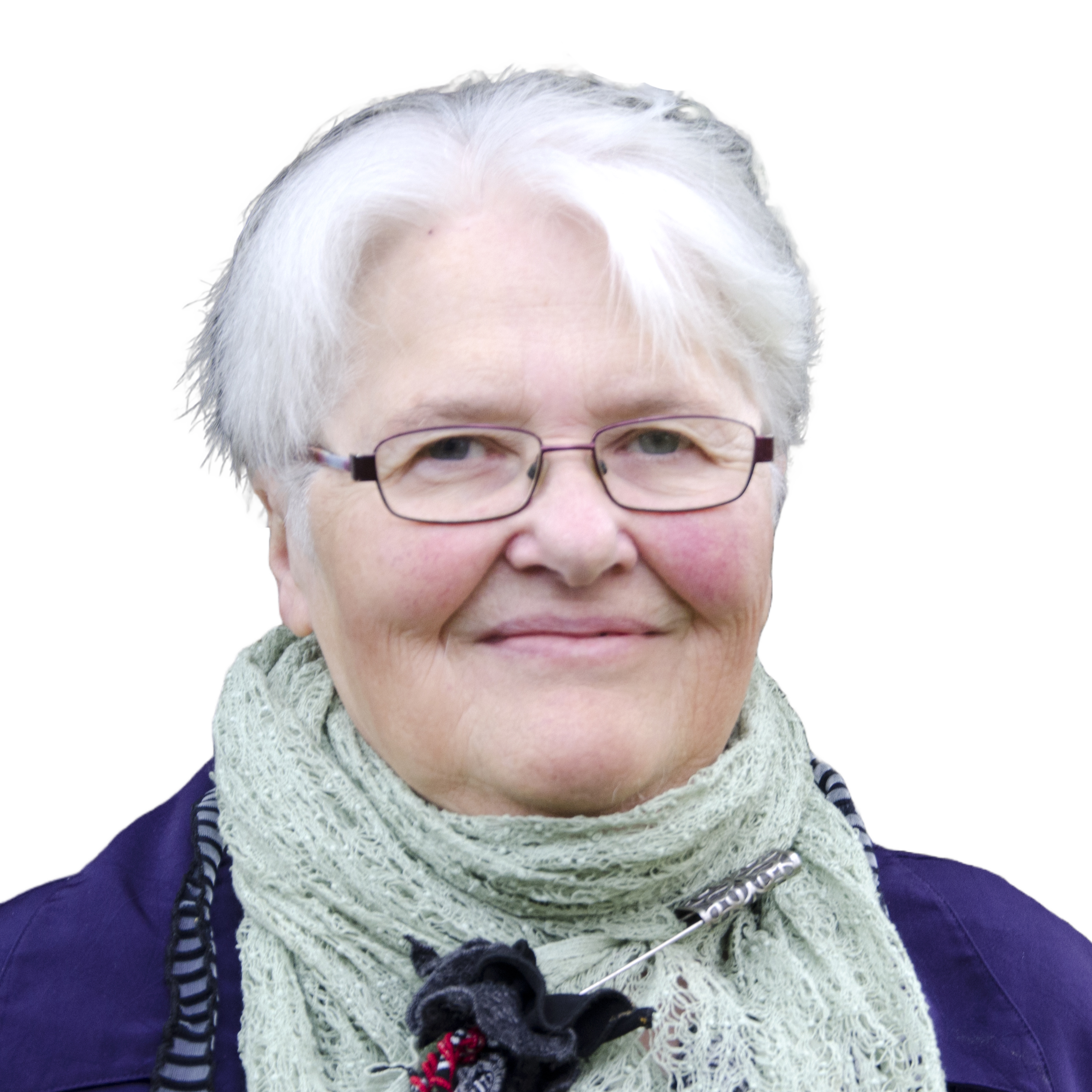I’m itching to move forward on my project to write about the Witch of New Mexico Road.
Most people think she was buried in the Thompson Cemetery on New Mexico Road, not far from Island Brook. For years, I thought that, too.
The story goes that entire herds of cows in the New Mexico area had gone dry. One night in the 1880s, farmers laid a trap in a cattle barn and caught a large white rabbit. They suspected supernatural foul play, and put several notches in its ears before setting it free.
Soon after, an old Irish farmer’s wife named Peggy Green died. The farmers noticed her ears were notched. They buried her in “the Irish cemetery on New Mexico Road,” wrote John Robert Colombo in the Ghost Stories of Canada. The cows still did not give milk, so they walled-in her grave to contain her ghost. Only then did the curse lift.
“The U-shaped walled-in area may be seen to this day,” wrote Colombo.
But no such structure is to be found in the Thompson Cemetery. The cemetery is on a hill, above a roadside embankment, where one can see boulders that must have once been a wall. Was it built to keep the cemetery’s inhabitants from sliding downhill into the road – Peggy Green among them? But her name is not among the cemetery inhabitants.
In a booklet the Eaton Corner Museum kindly lent me, published by the Megantic-Compton Cemetery and Church Association, I found a list of cemeteries in our MRC, including Newport. And there – at C15, the corner of North River Road and New Mexico Road, I discovered a cemetery I had not known existed.
That’s more than two kilometres down the road from Thompson Cemetery. It’s also the site of the now-disappeared hamlet once known as New Mexico, beside the North River. Now it is covered by lush fields.
Are Peggy Green’s remains in the Thompson Cemetery? I think not. I think it makes sense she and other residents of New Mexico were buried in the New Mexico Cemetery, C15. To find her remains, we would need first to locate the remains of the New Mexico Cemetery.
If anyone has any documents or information about this now-invisible cemetery, please, oh please, let me know: 819-640-1340.
OSCAR AND WALTER
Our memory of Peggy Green is a reconstructed fragment; artists’ and writers’ lives and work may be better documented. Two contemporaries of Peggy – Oscar Wilde (1854-1900) and Walter Crane (1845-1915) – are the focus of Tony De Melo’s new art exhibit.
You likely recognize Wilde’s name, famous as he was as a poet, playwright, essayist and art lecturer. “All of fashionable London was at his behest,” writes De Melo. But his career was cut short when he was sentenced to two years’ hard labour because of his homosexuality. Tragically, he died alone in a Paris rooming house.
Walter Crane was similarly lauded as a painter, illustrator of children’s books, designer of fabrics and ceramics, graphic artist and educator. He died surrounded by family and friends, and his books were much loved.
“Time has been kind to Oscar. He is viewed as a great writer,” writes De Melo. “Sadly, Walter’s fate has been less kind. For a very long time he was forgotten.”
Trials and Tribulations: Oscar and Walter, an Encounter presents De Melo’s unique contemplation of these two men. He created a series of paintings using actual texts from Oscar Wilde’s trials, on which he enlarged and superimposed details from Walter Crane’s engravings and drawings.
“Careful attention has been made to reproduce Crane’s work so as to view his great skill as a draughtsman,” writes De Melo. He describes his work as a “labour of love,” and a way “of paying homage to two great artists. Both have had a formative influence in my career.”
Reading the transcripts of Oscar Wilde’s trial can be heartrending and infuriating, juxtaposed as they are with Crane’s images of figures exuding tranquility or commanding deference. Society rewards a life that respects its rules (however misguided they prove) and Crane, the straight man, reaped those rewards. In contrast, society inflicted torment on Wilde that led to his death.
This is a thought-provoking exhibit; it both rewards the eye and troubles the heart.
You can see it at the Galérie Métissage. 6361 rue Salaberry, Lac Mégantic, from October 20 to November 30. The gallery is open Thursday to Sunday, from 10 a.m. to 5 p.m.
De Melo has studios in both Montreal and Bury, where he is a member of the Canterbury Center Committee. He taught art for many years at the Saidye Bronfman School of Fine Arts and Loyola High School. He has exhibited widely in galleries throughout Canada, and has work in such public collections as the Canada Council Art Bank and the prêt d’oeuvres d’art du Musée du Québec.
COOKSHIRE ART EXHIBIT
Le Haut en tableaux by Ginette Djinn Bertrand, Diane Dugal, and John Ward on Sundays only, from 12 to 4 p.m., at Victoria Hall, 125 Principale West, Cookshire, ends November 7.
CHURCHES
Anglican. Bishop Bruce Myers continues to offer Home Prayers at 4 p.m., Sundays, on Facebook, and at quebec.anglican.ca (Worship Videos). Info: 819-887-6802, or quebec.anglican.ca.
United. In-person Sunday services are bi-weekly; on October 31 is an at-home service. Info: 819-452-3685; spiresta@hotmail.com; or United Eaton Valley Pastoral Charge (Facebook).
Baptist. In-person Sunday services are with Covid-19 protocols in place (distancing; masks can be removed when sitting down; wear masks when singing, etc.). The service is in French at 9 a.m., and in English at 11 a.m. Persons with flu symptoms are asked not to attend services. The pastor’s message is also available on YouTube: For the link, contact Pastor Michel Houle at 819-239-8818.
Do you have news to share? Call 819-640-1340 or email rawrites@gmail.com by November 1 for publication November 10, or by November 15 for November 24.
C15

Article précédent3 façons de soutenir les anciens combattants du Canada toute l’année

